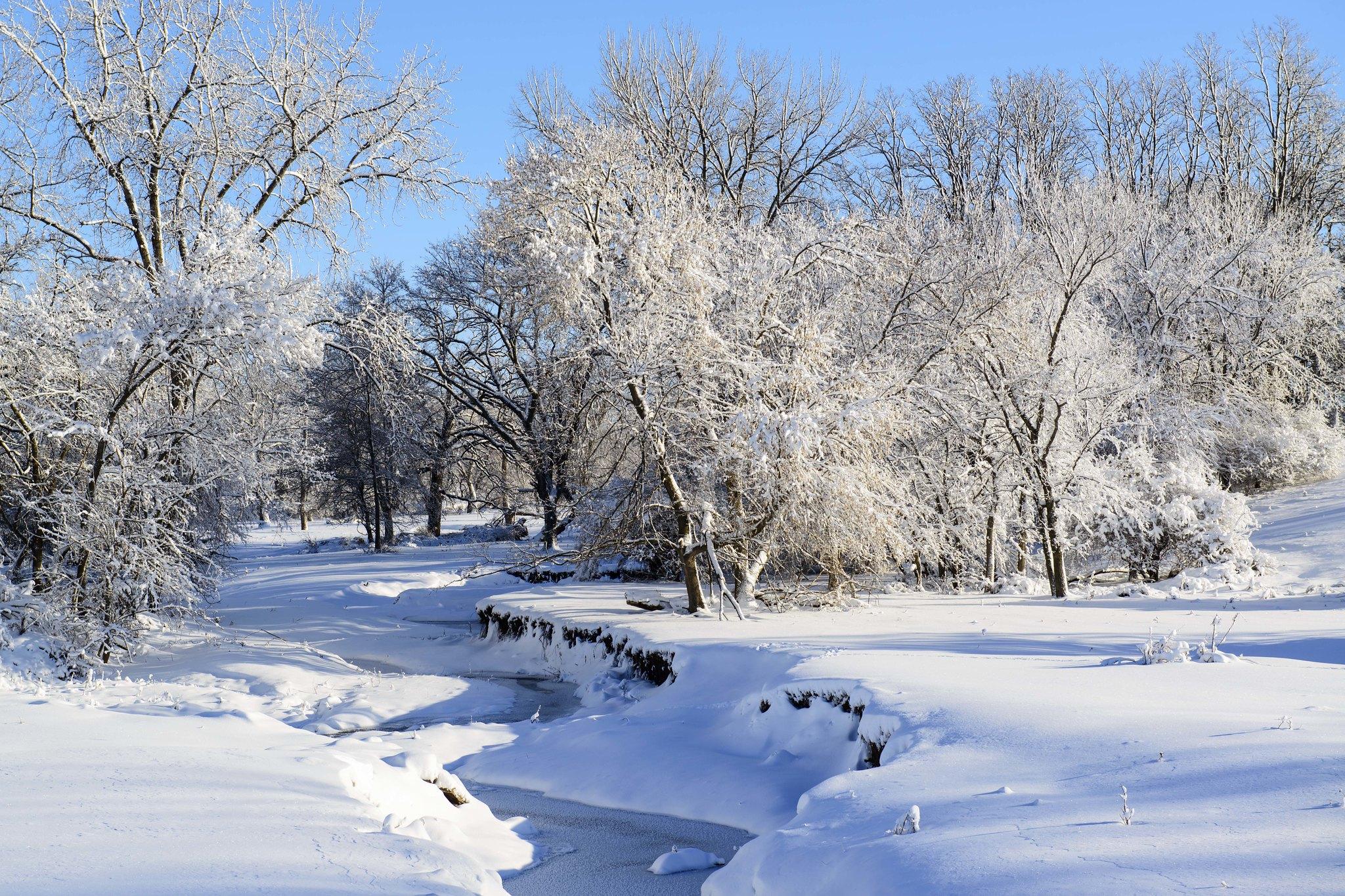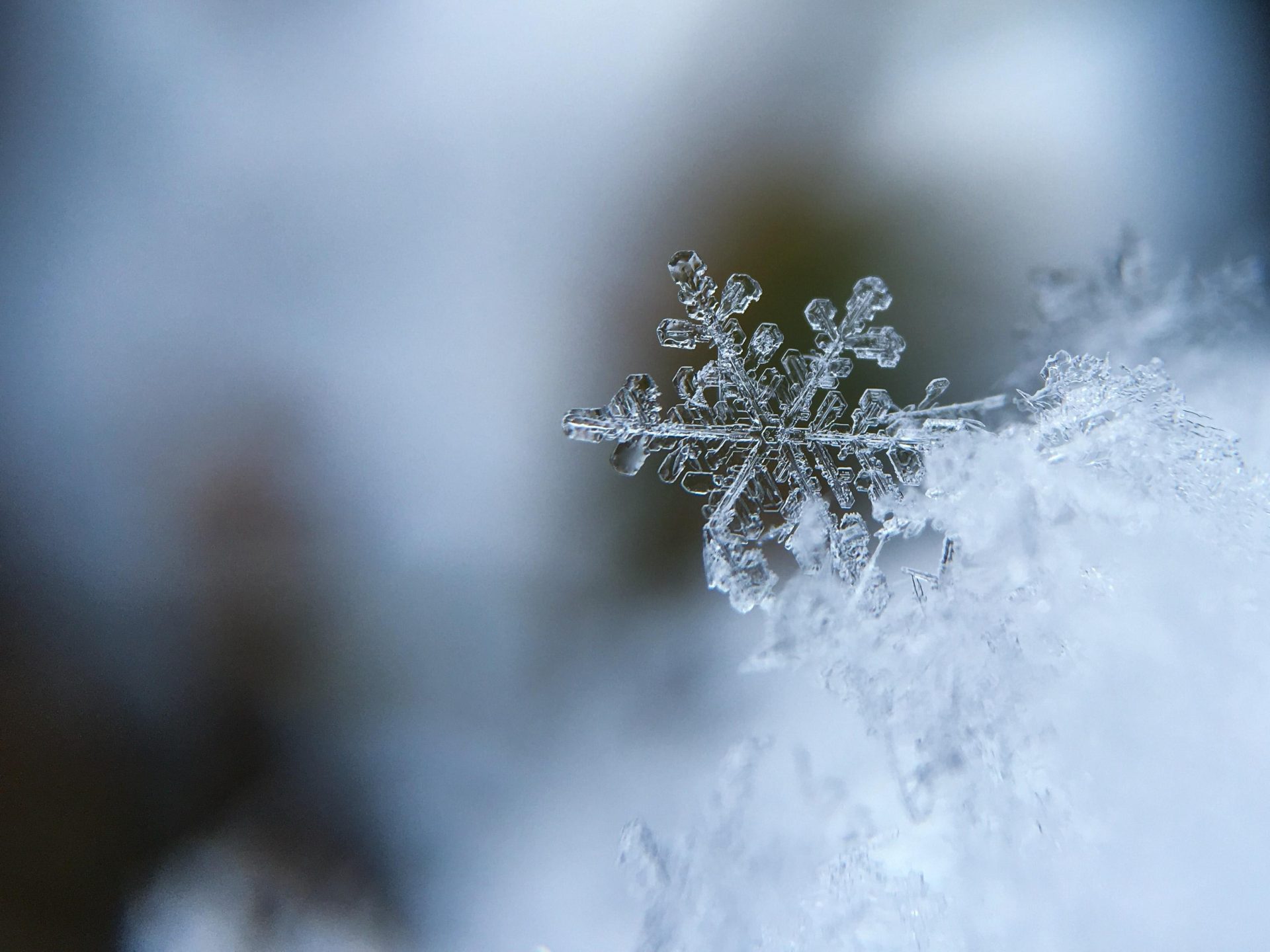Snowfall Impacts: Understanding the Areas Affected by the Cold Snap
As a powerful cold snap sweeps across the United States, regions that were previously basking in milder weather are now grappling with significant snowfall. the abrupt temperature drop has left its mark on both urban and rural landscapes, disrupting daily life for millions. Areas especially hard-hit by the winter storm include:
- The Northeast: States like New York and Massachusetts are experiencing whiteout conditions, with snowfall accumulating rapidly and causing hazardous travel conditions.
- The Midwest: Cities such as Chicago and Minneapolis have turned into winter wonderlands, yet this gorgeous sight is accompanied by perilous sub-zero wind chills.
- The Rockies: While ski resorts welcome the fresh powder,local communities are facing challenges concerning road closures and power outages due to heavy snow accumulation.
Efforts to respond to this winter weather phenomenon are underway, with city crews mobilizing to clear roads and public safety officials urging residents to stay indoors where possible. The cold snap not only affects transportation, but also strains local resources as shelters gear up to accommodate those in need. the following areas are closely monitoring conditions as they prepare for possible additional snowfall:
- The South: While typically milder, southern states such as Texas are bracing for unexpected ice and snow, with forecasts indicating potential disruptions to travel and power supplies.
- The Pacific Northwest: Forecasts predict that moisture-laden systems could sweep into the region, possibly altering the weather landscape further.

Travel Disruptions and Safety Precautions During Extreme Winter Weather
As the cold snap grips large parts of the United States, travel disruptions are becoming increasingly common. Major highways and interstates are experiencing delays and closures due to heavy snowfall and icy conditions. Airlines are also feeling the impact; flight cancellations and delays are mounting, leaving passengers stranded or scrambling to find option routes. It’s essential for travelers to stay informed about real-time weather updates and service changes from transportation providers to navigate this challenging situation effectively.
In light of the adverse conditions, taking precautionary measures is vital to ensure safety while traveling. Here are some key recommendations to keep in mind:
- Check weather forecasts before heading out and adjust your travel plans accordingly.
- Keep an emergency kit in your vehicle, including blankets, snacks, water, a flashlight, and a first-aid kit.
- Drive cautiously and reduce speed in snowy or icy conditions, allowing for longer stopping distances.
- Inform someone about your travel route and estimated arrival time, especially if traveling through remote areas.
- Stay warm by layering clothes and keeping a charged phone handy for emergencies.

preparing Your Home: Essential Tips for Staying Warm and Safe
as the cold snap grips the nation, ensuring that your home is both warm and safe becomes paramount. Start by assessing your heating system: change or clean your furnace filters to maintain efficiency, and consider scheduling a maintenance check. Seal any drafts around windows and doors using weather stripping or caulk to prevent cold air from entering. Additionally, make use of heavy curtains or thermal blinds to trap heat inside, and keep all exterior doors closed as much as possible.
It’s also crucial to prepare for potential power outages, which can occur during extreme weather. Stock up on essential supplies such as warm blankets, bottled water, and non-perishable food items. keep flashlights and extra batteries readily available, and have a portable phone charger on hand. Don’t forget to check on your smoke detectors and carbon monoxide alarms; make sure they are functioning properly, as these devices can be vital in ensuring your safety during harsh weather conditions.

Community Response: How Local Services Are Addressing Severe Weather Challenges
The recent cold snap has prompted communities across the U.S.to rally together, showcasing how local services are mobilizing to combat severe weather challenges. As snow blankets various regions,emergency services and community organizations have stepped up,ensuring residents stay safe and warm. Key initiatives are being implemented, such as:
- Emergency Shelters: Local governments are activating warm shelters to provide refuge for those without heat.
- Snow Removal Services: Municipal crews are working around the clock to clear roads and paths for safe travel.
- Food Distribution: Food banks and local charities are ensuring that vulnerable populations have access to essential supplies, emphasizing the importance of nutrition during harsh weather.
Additionally, community outreach programs have been critical in disseminating information about winter safety. Neighborhood watch groups and volunteers are reaching out to elderly residents and those with disabilities to check on their well-being.Educational campaigns are also being launched to inform the public about the symptoms of frostbite and hypothermia, encouraging proactive measures. Noteworthy efforts include:
- Winter Safety Workshops: Local libraries and community centers are hosting informational sessions on staying safe during severe weather.
- Communication Hotlines: Dedicated hotlines provide residents with real-time updates on road conditions and emergency services.
- Collaborations with Schools: Schools are partnering with local agencies to ensure that students have safe transportation routes, even as the snow accumulates.
